|
Thread Number: 4707
Vintae Vacuum Factories....a thread on the past... |
[Down to Last] |  |
| Post# 52934 , Reply# 1 10/4/2008 at 10:40 (5,682 days old) by rugmaster37 () | ||
|
Now onto Birtman Electric...... Home of many Kenmore cleaners over the years.... 4140 Fullerton Avenue, Chicago Illinois 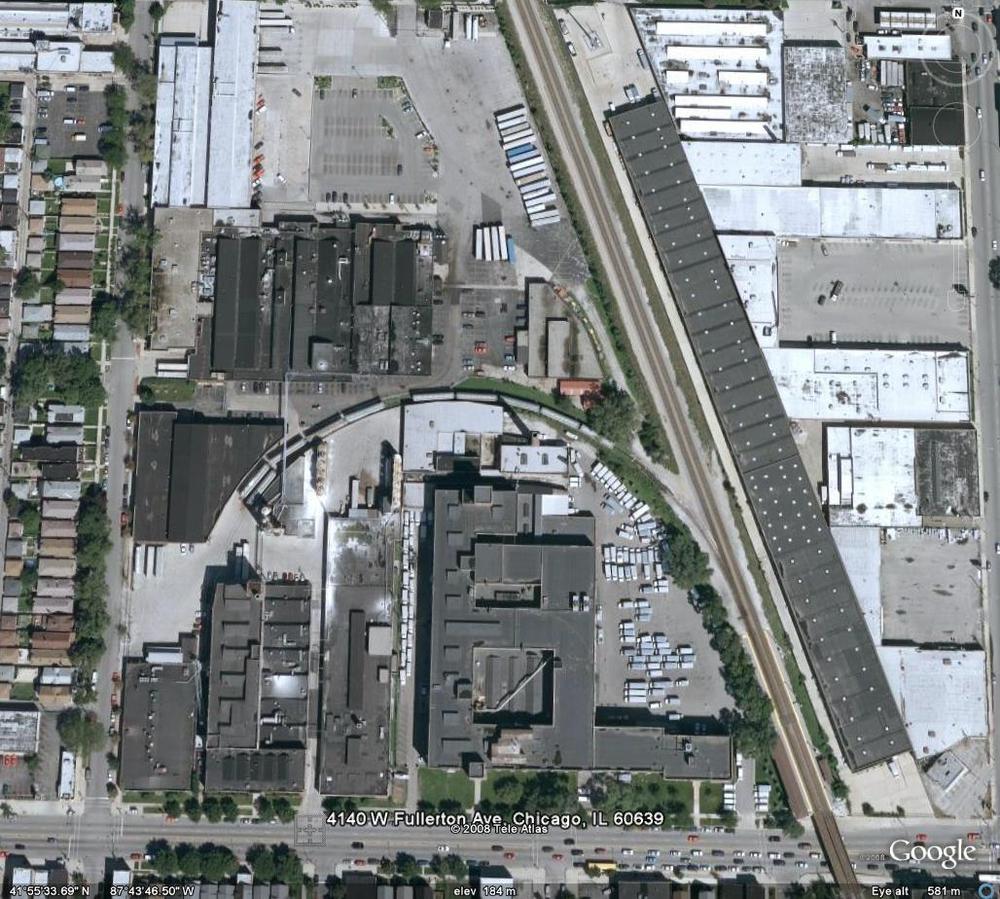
| ||
| Post# 52935 , Reply# 2 10/4/2008 at 10:42 (5,682 days old) by rugmaster37 () | ||
|
Now onto General Electric..... It was on Boston Avenue, Bridgeport Conneticut.... 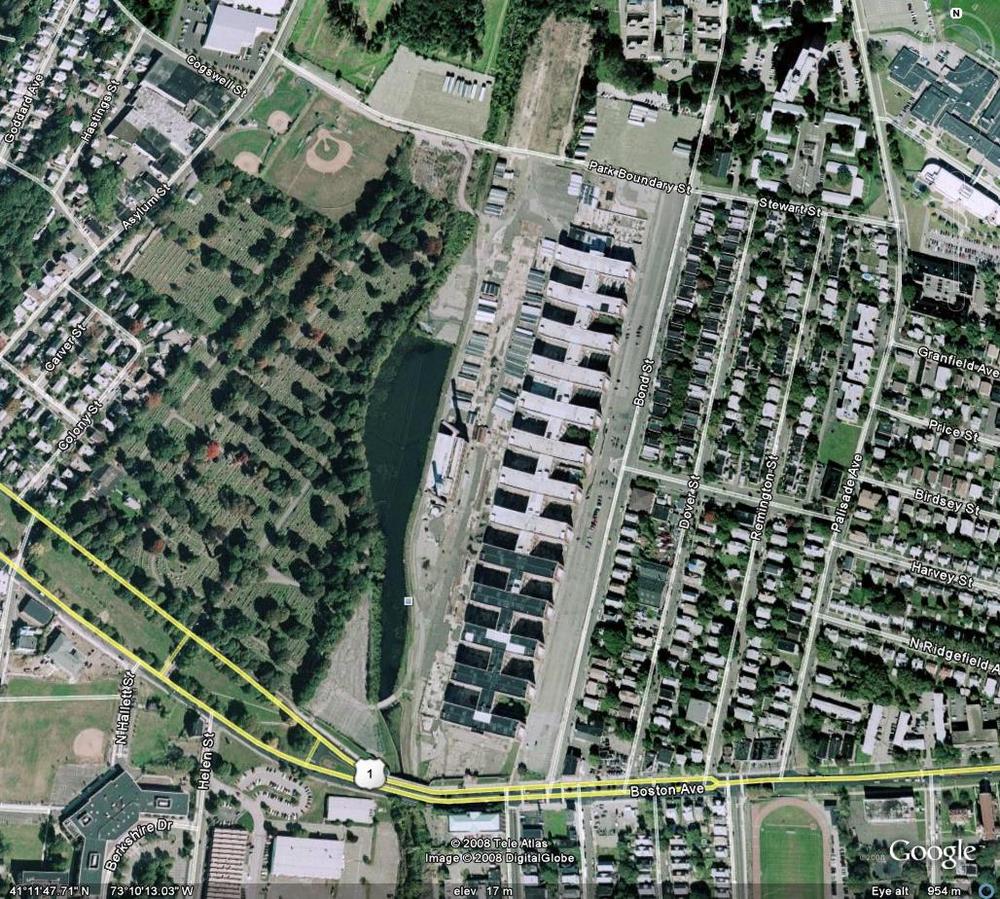
| ||
| Post# 52936 , Reply# 3 10/4/2008 at 10:43 (5,682 days old) by rugmaster37 () | ||
|
Now onto Clements Manufacturing.... Featuring Cadillac, and misc. brand vacuum cleaners. 6650 Narragansett Avenue, Chicago Illinois 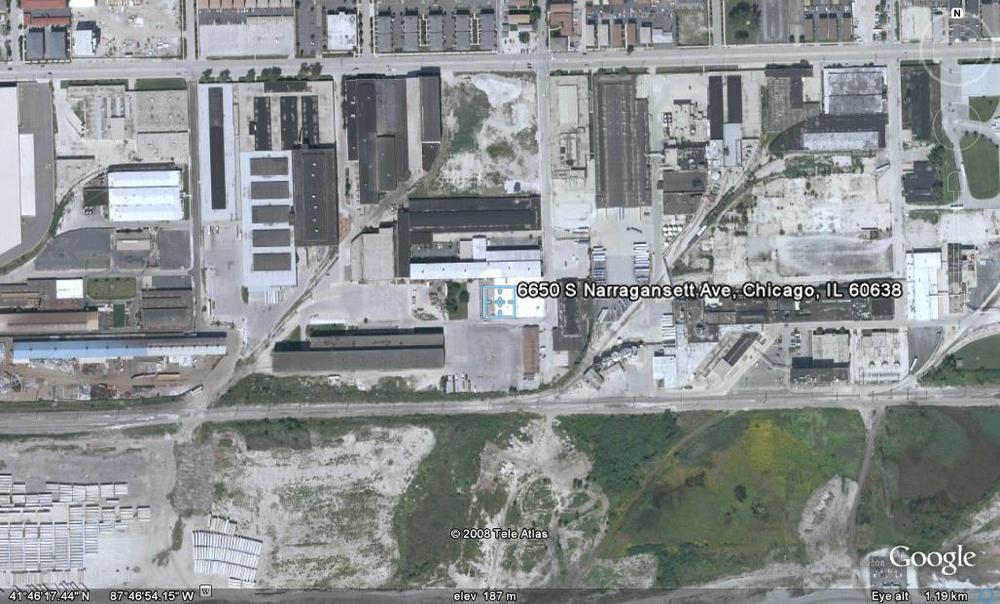
| ||
| Post# 52937 , Reply# 4 10/4/2008 at 10:45 (5,682 days old) by rugmaster37 () | ||
|
Now onto Royal Manufacturing Company.... Makers of Royal and Electro Hygiene cleaners.....amongst others..... 540 E. 150th St, Cleveland Ohio 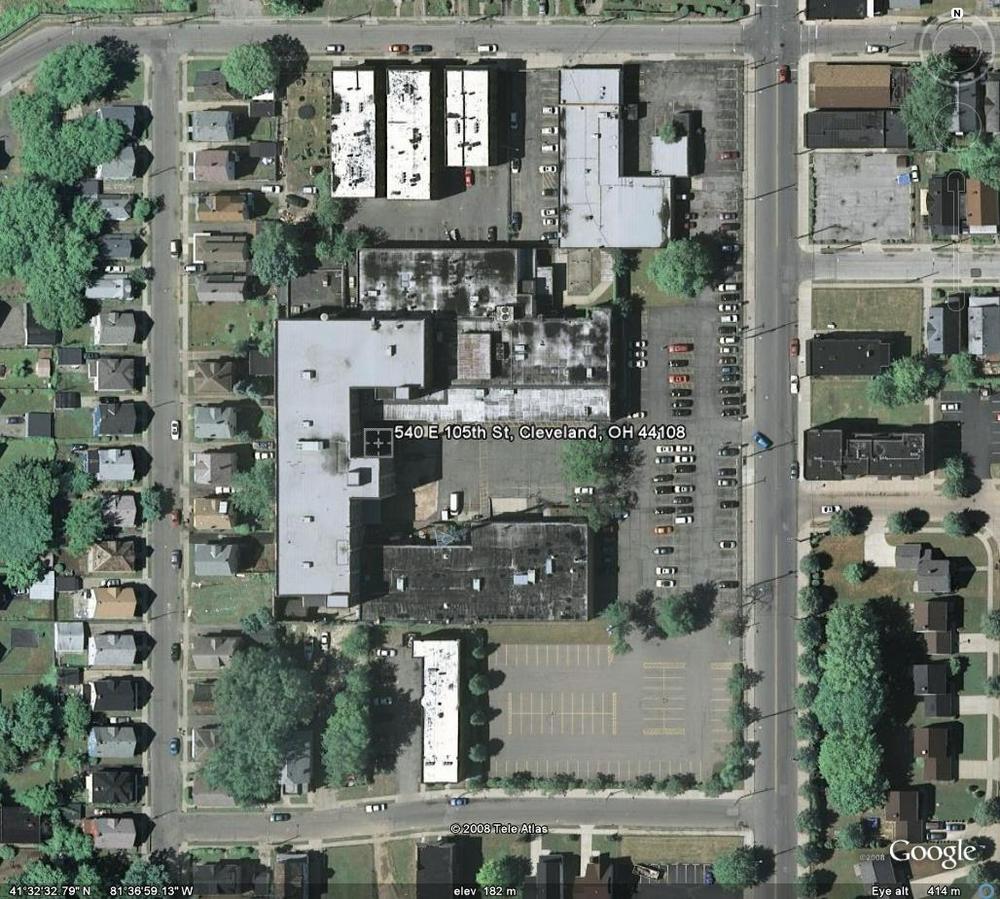
| ||
| Post# 52938 , Reply# 5 10/4/2008 at 10:46 (5,682 days old) by rugmaster37 () | ||
|
No Onto Landers Frary and Clark.... I believe that this is the old factory. I was going on VERy sketchy information.... In New Britian Conneticut.... Anyone care to help out??? 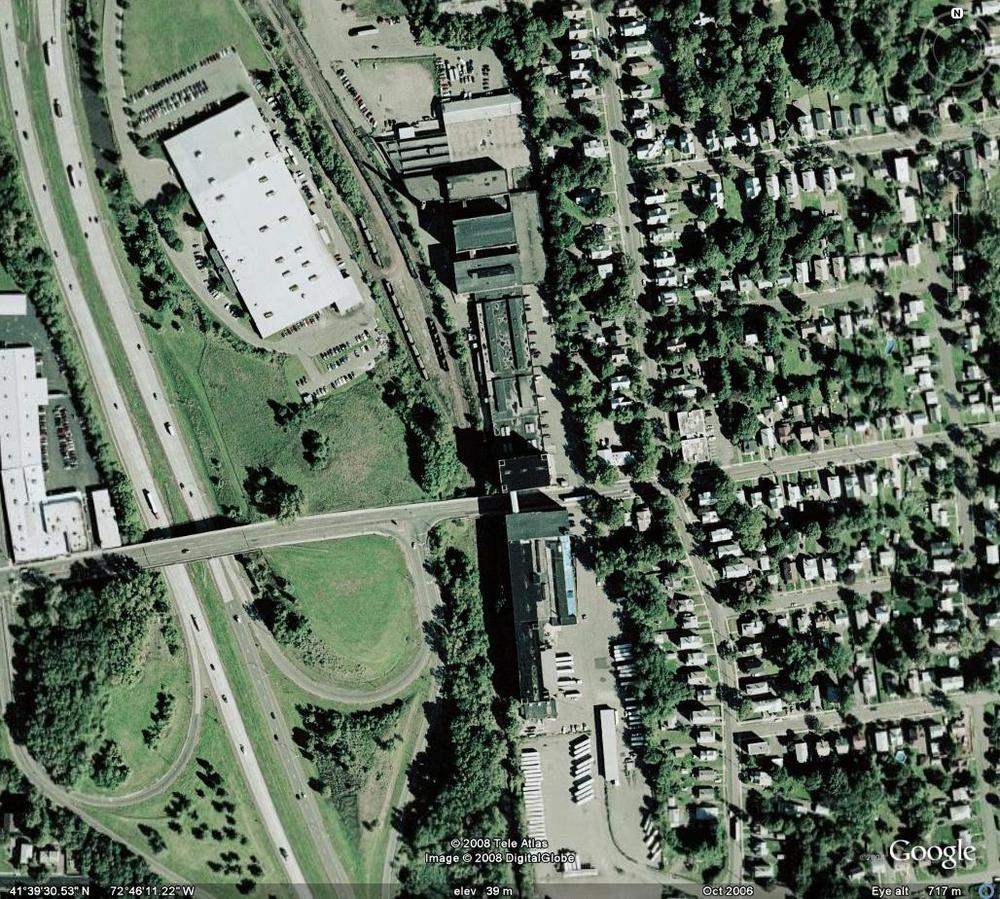
| ||
| Post# 52939 , Reply# 6 10/4/2008 at 10:49 (5,682 days old) by rugmaster37 () | ||
|
Now Onto ....Eureka in Detroit Michigan.... This was listed as a factory as well for Eureka. I've heard that their facotry was torn down to make was for I-94. Can anyone verify this??? 6060 Hamilton Avenue, Detroit Michigan 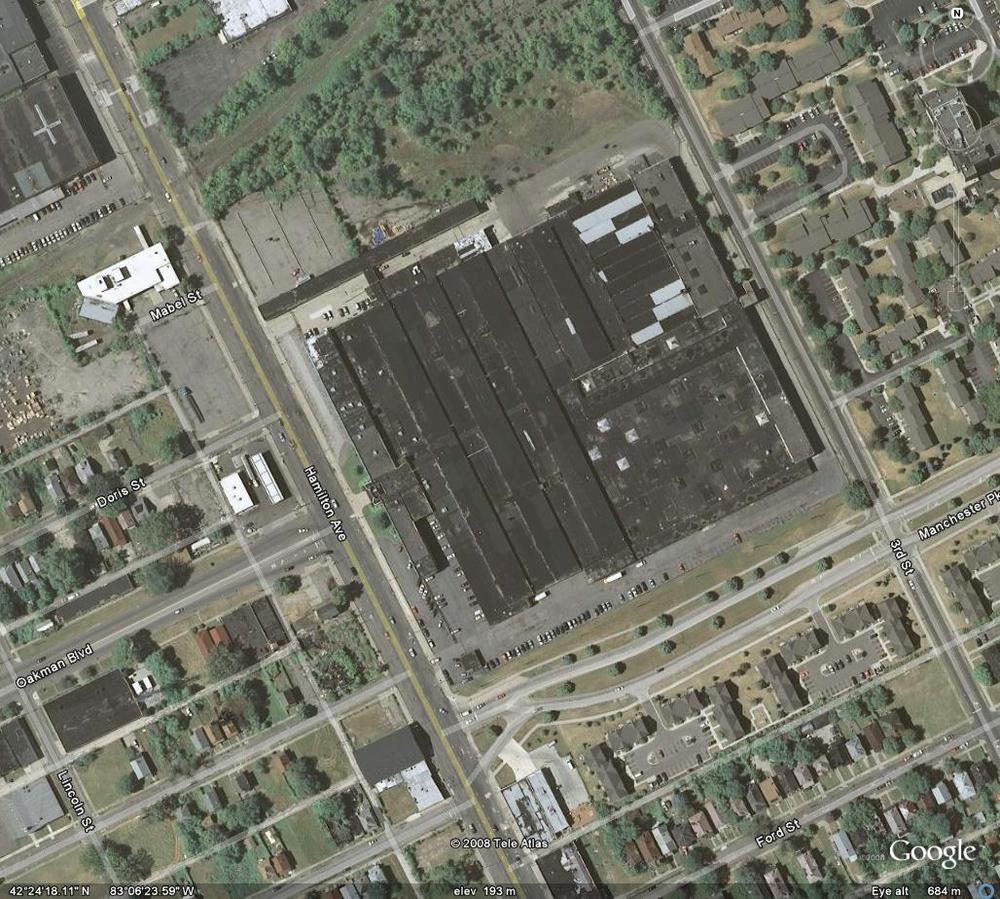
| ||
| Post# 52940 , Reply# 7 10/4/2008 at 10:51 (5,682 days old) by rugmaster37 () | ||
|
Onto Filter Queens Headquarters???? This was listed for FilterQueen on Wabash avenue, in downtown Chicago. This was thier offices yes??? 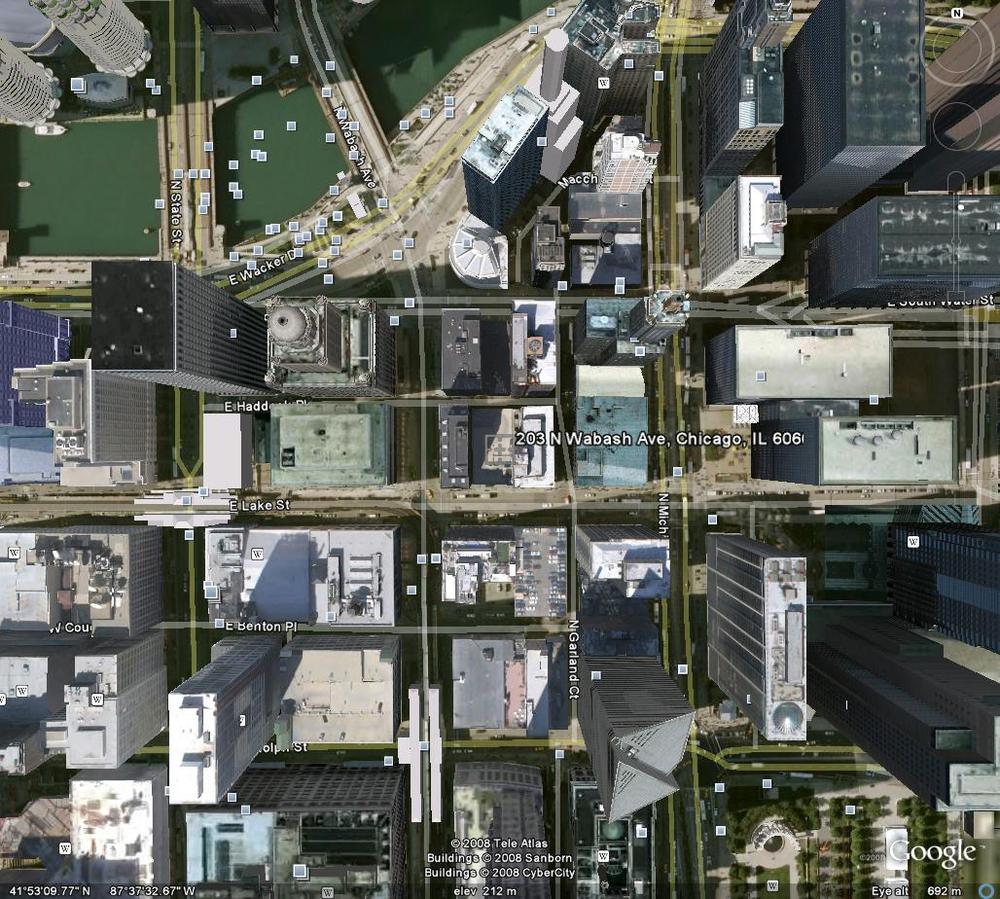
| ||
| Post# 52941 , Reply# 8 10/4/2008 at 10:52 (5,682 days old) by rugmaster37 () | ||
|
Onto Sweeper Vac Company....... This has me confusaed, as it's smaller than a factory, but again it's the address I have found listed.... Sweeper Vac, 152 Freemont St. Anyone???? 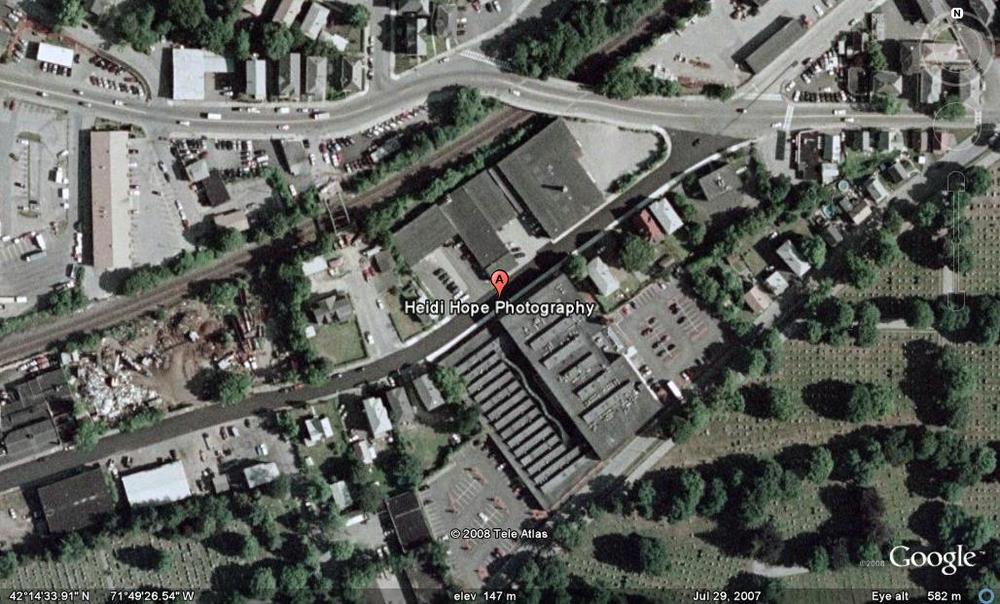
| ||
| Post# 52942 , Reply# 9 10/4/2008 at 10:54 (5,682 days old) by rugmaster37 () | ||
|
This was Hotpoint..... I know it's not vacuum related per.se but I found this for the other site...It's just interesting,.... 5600 Taylor St, Chicago Illinois 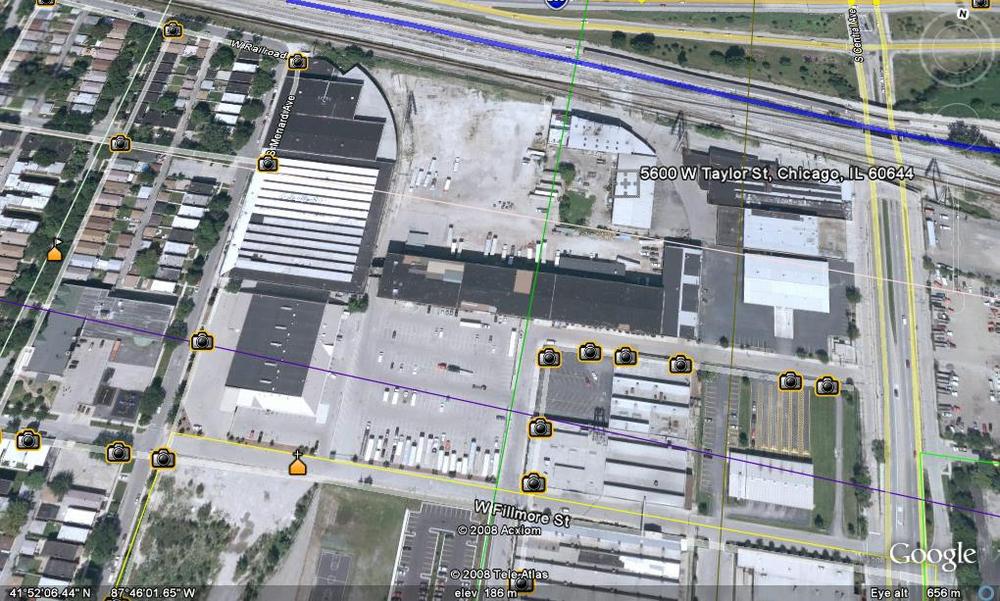
| ||
| Post# 52943 , Reply# 10 10/4/2008 at 10:57 (5,682 days old) by rugmaster37 () | ||
|
To Regina...Rahway New Jersey.... Again, sketchy information.... But I believe that I have found their old factory.... Anyone??? 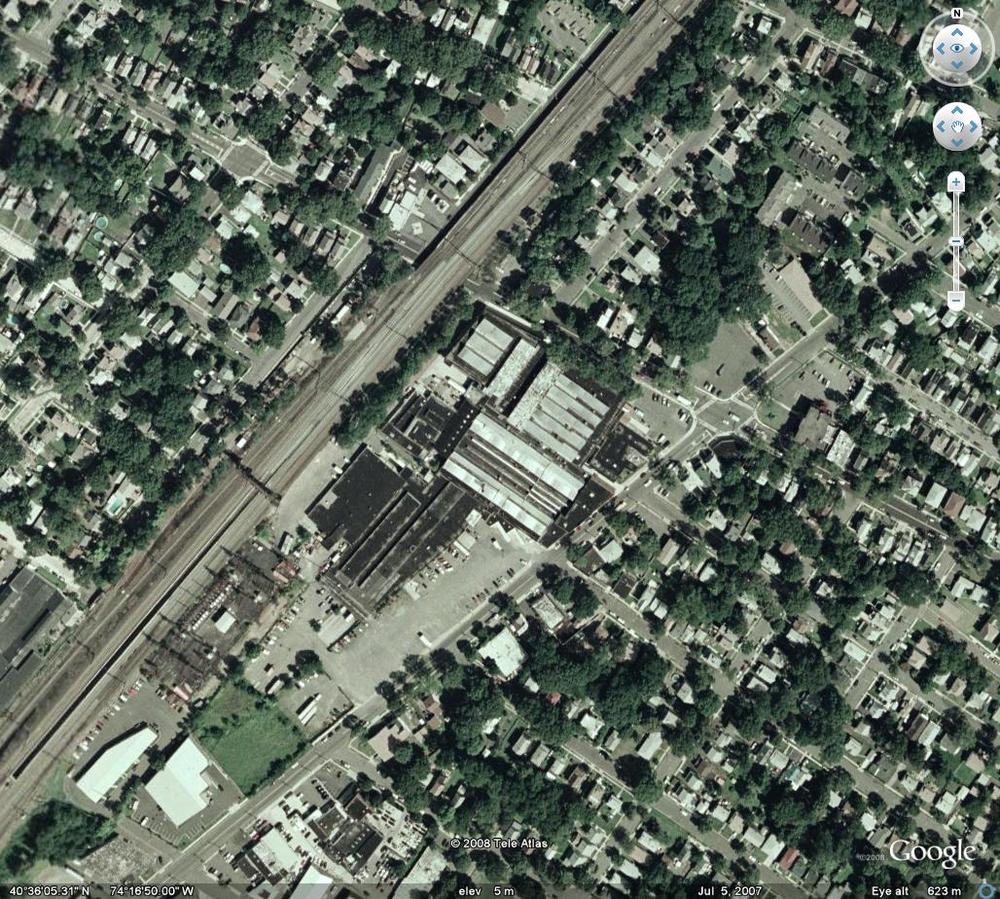
| ||
| Post# 52944 , Reply# 11 10/4/2008 at 11:05 (5,682 days old) by rugmaster37 () | ||
|
Onto Singer Vacuum Factory.... In Anderson, South Carolina. Still used by Ryobi Motor Products. CLICK HERE TO GO TO rugmaster37's LINK | ||
| Post# 52945 , Reply# 12 10/4/2008 at 12:10 (5,681 days old) by luxg () | ||
|
Chad, that was a very interesting thread, thanks for taking the time to search all of that out!! Terry | ||
| Post# 52966 , Reply# 14 10/4/2008 at 16:49 (5,681 days old) by kirbyboy1 () | ||
|
The new filter queen office is in Cleavland Ohio. yes that was the old filter queen plant. I will email my friends at fitler queen to see when they moved. | ||
| Post# 52967 , Reply# 15 10/4/2008 at 16:52 (5,681 days old) by petek (Ontario) | ||
|
I just searched some of the surrounding streets like 6060 2nd Ave and it also corresspond to the corner two blocks away where Holden intersects Lodge which back then would have been Hamilton St. | ||
| Post# 52972 , Reply# 16 10/4/2008 at 17:56 (5,681 days old) by petek (Ontario) | ||
|
Here's where it looks to have been...took me a bit to figure out how to get the picture LOL 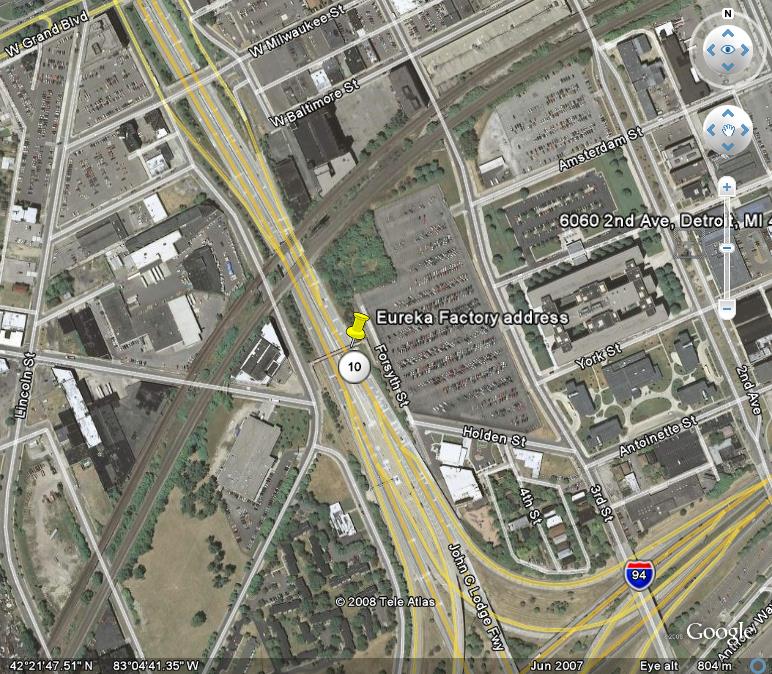
| ||
| Post# 52976 , Reply# 17 10/4/2008 at 18:13 (5,681 days old) by aeoliandave (Stratford Ontario Canada) | ||
 | ||
| Post# 52987 , Reply# 20 10/4/2008 at 21:41 (5,681 days old) by truckerx (Palm Springs, CA) | ||
Chad... | ||
Post# 52992 , Reply# 21 10/5/2008 at 00:17 (5,681 days old) by gottahaveahoove  (Pittston, Pennsylvania, 18640) (Pittston, Pennsylvania, 18640) |
||
seems like Ohio | ||
| Post# 52994 , Reply# 23 10/5/2008 at 02:06 (5,681 days old) by hygiene903 (Galion, OH) | ||
Chad and Pete, | ||
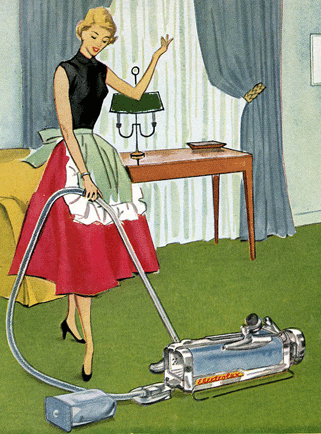
 Comes to the Rescue!
Comes to the Rescue!